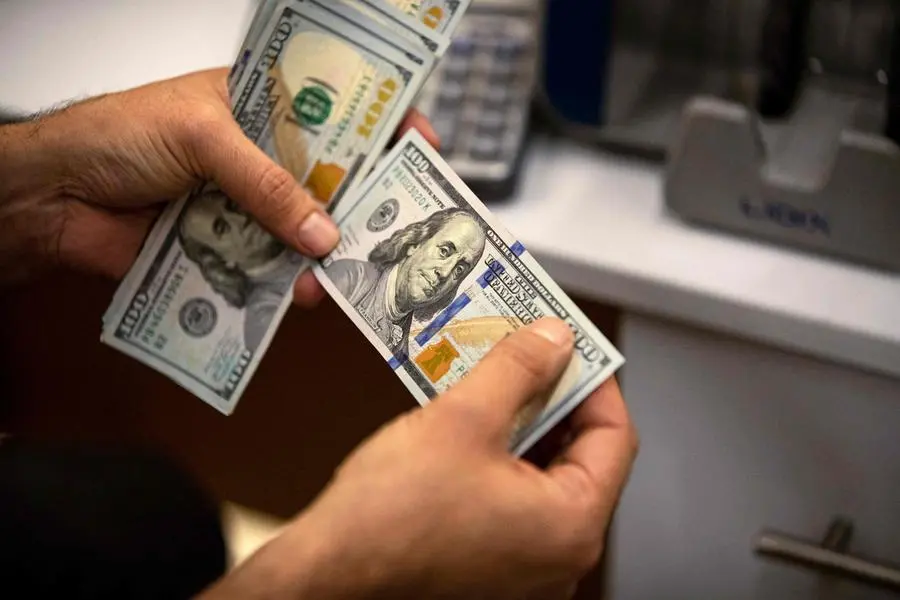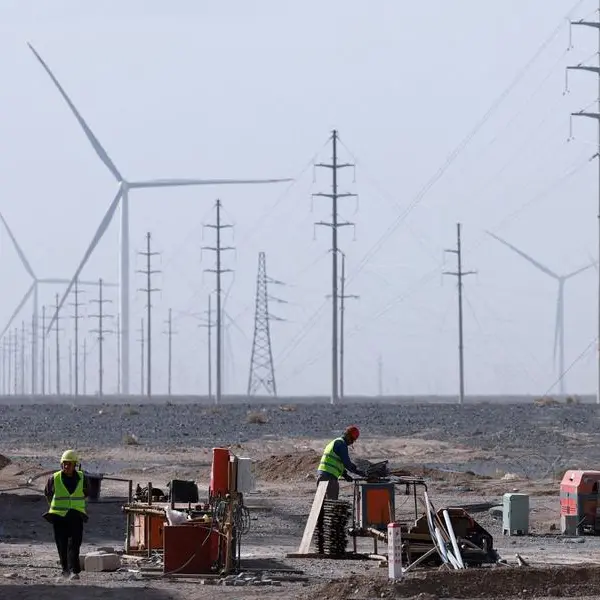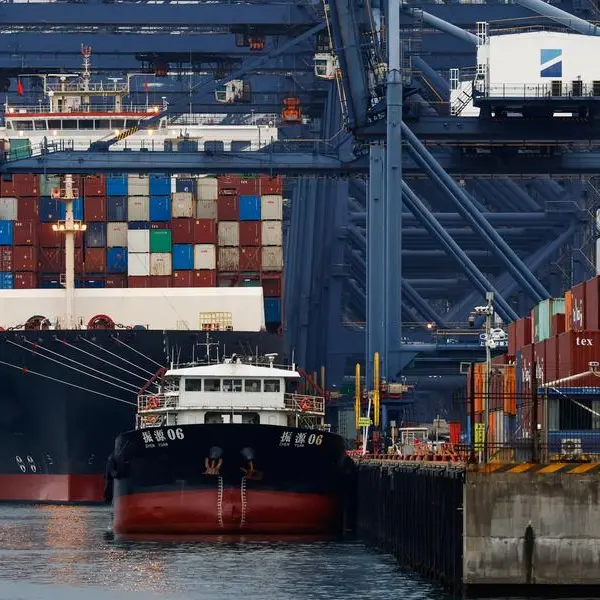PHOTO
A currency exchange agent counts US Dollars at his company in Iraq's southern city of Basra, on December 8, 2023. Oil-rich Iraq is hardly short of dollars: it has foreign currency reserves of more than $100 billion (93 billion euros). But in its fight against a booming currency black market, Baghdad has imposed ever-tighter restrictions on the use of American bucks, which for many could mean a severe cut in earnings. (Photo by Hussein Faleh / AFP)
BERKELEY – The COVID-19 pandemic created both a short- and a medium-term challenge for American economic policy. The immediate challenge was to maintain consumers’ incomes in the face of sweeping lockdowns, supply-chain disruptions, and shifts in aggregate supply. This meant striking a balance between avoiding a depression and not goosing the economy with so much liquidity as to turbocharge inflation.
The medium-term challenge concerned a broader crisis-induced structural shift away from the purchase of services – especially in-person services – toward the purchase of durable goods. At the height of the pandemic, we crammed a couple of decades’ worth of societal learning about leveraging e-commerce and the internet into just two years. One takeaway was that doing more of our consuming at home was more comfortable and simply made more sense. Today, durable-goods spending in real terms is 38% above where it was at the end of March 2018, while services spending is only 15% higher, a 23-percentage-point gap in relative growth.
The medium-term challenge, then, was to create the market incentives to induce workers and firms to respond to this great structural shift in demand. Since neither nominal wages nor prices were going to fall back to their previous levels (they are “sticky,” in the economic parlance), substantially cutting wages and prices in shrinking service-sector industries was a non-starter. Instead, creating more supply in the areas where there was growing demand required wage and price inflation in the newly expanding sectors.
Managing the COVID economy thus required an enormously large – but not too large – amount of income support, as well as a price-level jump that would be sufficient to help the economy settle in to a new occupational and sectoral configuration. In other words, the United States needed some inflation, but not so much as to create expectations that the inflationary burst would be persistent.
Where are we today? On October 4, we learned that estimated payroll employment (seasonally adjusted) in September was 254,000 higher than it had been in August. Moreover, the August number was revised upward by 72,000, which means there are 326,000 more employed workers than in the previous jobs report. After rising from 3.8% a year ago to 4.3% in July, the unemployment rate is back down to 4.1%.
Yes, this is just one data point; but it is a remarkable one. Moreover, we also recently learned, following data revisions, that income growth coming out of the pandemic was substantially higher than previously estimated. Real (inflation-adjusted) income as of the second quarter of 2024 has been revised upward by 3.6%, and the estimated level of real production – which by definition should be equal to real income, save for a pesky “statistical discrepancy” – was revised upward by 1.3%. This means that estimated productivity growth since the start of 2020 will be revised upward by about 0.3 percentage points per year, whereas real labor costs will be revised downward by a similar amount.
After the US Federal Reserve began its rapid tightening cycle in the spring of 2022, I was constantly worried that it would go too far and send the US economy into an unnecessary and avoidable recession. After all, market-based indicators of inflation expectations strongly suggested that the post-pandemic inflation was “transitory.” But there has been no recession, and now I have to think hard about why I was wrong.
Has the US economy remained so remarkably strong because the effect of expansionary fiscal policy was more powerful than I thought? Or is it because the “neutral” rate of interest has risen substantially over the past half-decade, implying that the Fed’s monetary policy has been substantially less restrictive and contractionary than I thought?
The post-pandemic economy has had no shortage of silver linings. The question is whether there are any dark clouds looming on the horizon. One obvious risk is that the ongoing AI boom will prove to be a bubble. While there are plenty of promising use cases for AI technologies, it is not yet clear how these will translate into increased business profits.
Macroeconomic forecasting often rewards pessimists. Even absent a disaster, new challenges almost always emerge where we least expect them. For now, though, we should all enjoy the soft landing that the economy has made. The recovery from the pandemic has been nothing short of extraordinary.
J. Bradford DeLong, a former deputy assistant US Treasury secretary, is Professor of Economics at the University of California, Berkeley, and the author of Slouching Towards Utopia: An Economic History of the Twentieth Century (Basic Books, 2022).





















